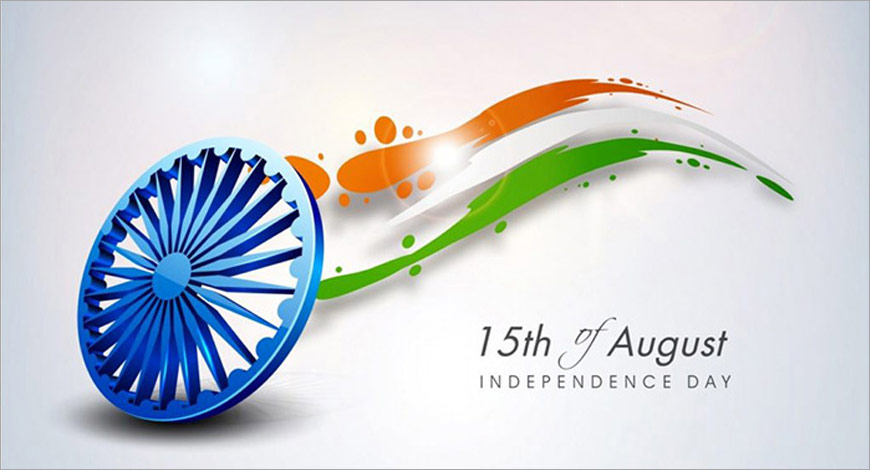Independence Day 2023: India’s Struggle for Freedom and its Tricolor Symbol
Introduction: Marking the 77th Independence Day, India’s triumphant journey from 200 years of British rule to becoming the world’s largest democratic nation on August 15, 1947, remains a beacon of inspiration. Jawaharlal Nehru, India’s first Prime Minister, proclaimed ‘Independence Day’ on this historic occasion. As preparations escalate for the nationwide celebrations, Delhi Police ensure heightened security arrangements in the capital.
Azadi Ka Amrit Mahotsav Initiative: In line with the Azadi Ka Amrit Mahotsav (AKAM) initiative, the ‘Har Ghar Tiranga’ campaign is set to unfold from August 13 to 15. Envisioned to ignite national pride, the campaign encourages every individual to prominently display the national flag at their homes.
10 Interesting Facts About India’s Tricolor Flag
- Inaugural Hoisting: The maiden Indian national flag unfurled on August 7, 1906, at Kolkata’s Parsee Bagan Square, adorned with red, yellow, and green hues.
- Tricolor Resolution: A significant milestone in 1931 saw the adoption of the tricolor flag – precursor to the current design – featuring saffron, white, and green, with Mahatma Gandhi’s spinning wheel at its heart.
- Evolution of the Tiranga: Embracing the Ashoka chakra from Emperor Ashoka’s lion capital, the modern Indian Tiranga was officially embraced on July 22, 1947, and proudly raised on August 15, 1947.
- Citizens’ Flag Rights: A monumental legal battle led by industrialist Naveen Jindal culminated in the pivotal Supreme Court ruling on January 23, 2004, granting Indian citizens the right to unfurl the National Flag freely, a fundamental right under Article 19(1) (a) of the Indian Constitution.
- Symbol of Dignity: The top court’s 2004 declaration underscored the significance of flying the National Flag with respect and dignity, upholding citizens’ fundamental rights.
- Inspirational Design: Sister Nivedita, a devoted disciple of Swami Vivekananda, conceived India’s inaugural national flag design in 1904.
- Patriotic Anthem: Rabindranath Tagore’s composition, initially titled ‘Bharoto Bhagyo Bidhata,’ was later christened ‘Jan Gan Man,’ evolving into India’s revered national anthem.
- Singular Flag Production: Reports indicate that India’s national flag production is centralized in a single location within the country.
- Symbolic Tiranga: The Tricolor’s saffron embodies strength and courage, white signifies peace and truth, while green represents fertility, growth, and auspiciousness.
- Shared Independence Day: Apart from India, five nations – the Republic of Congo, South Korea, North Korea, Liechtenstein, and Bahrain – celebrate their Independence Day, fostering a global bond of freedom.
Conclusion: As India prepares to celebrate its 77th Independence Day, the Tricolor stands as a cherished emblem of the nation’s relentless struggle for freedom and its enduring commitment to unity, diversity, and progress.




 World Basketball Day 2025 Celebrates Bas...
World Basketball Day 2025 Celebrates Bas...
 UN Celebrates Second World Meditation Da...
UN Celebrates Second World Meditation Da...
 Winter Solstice 2025 Observed on Sunday,...
Winter Solstice 2025 Observed on Sunday,...







